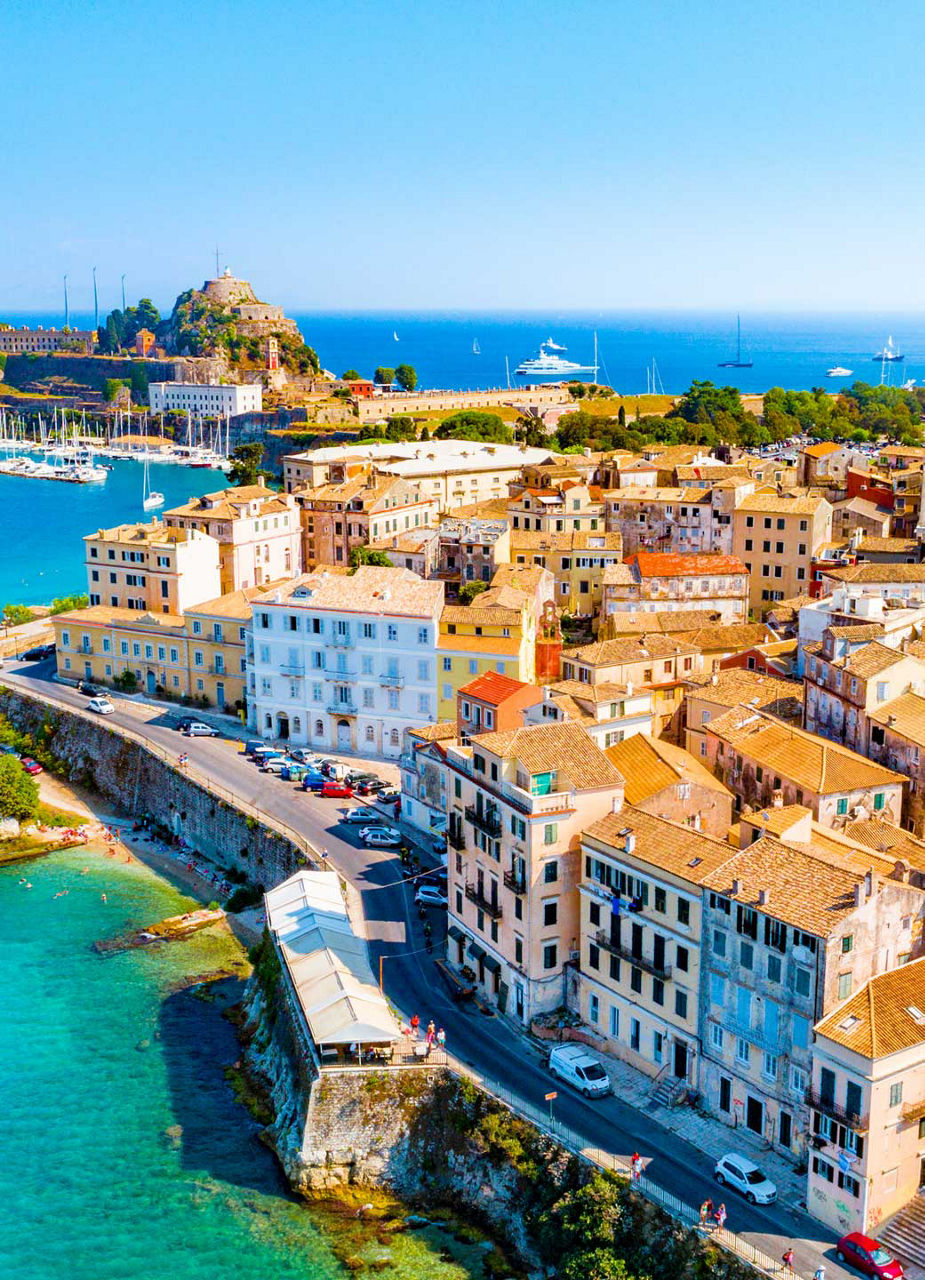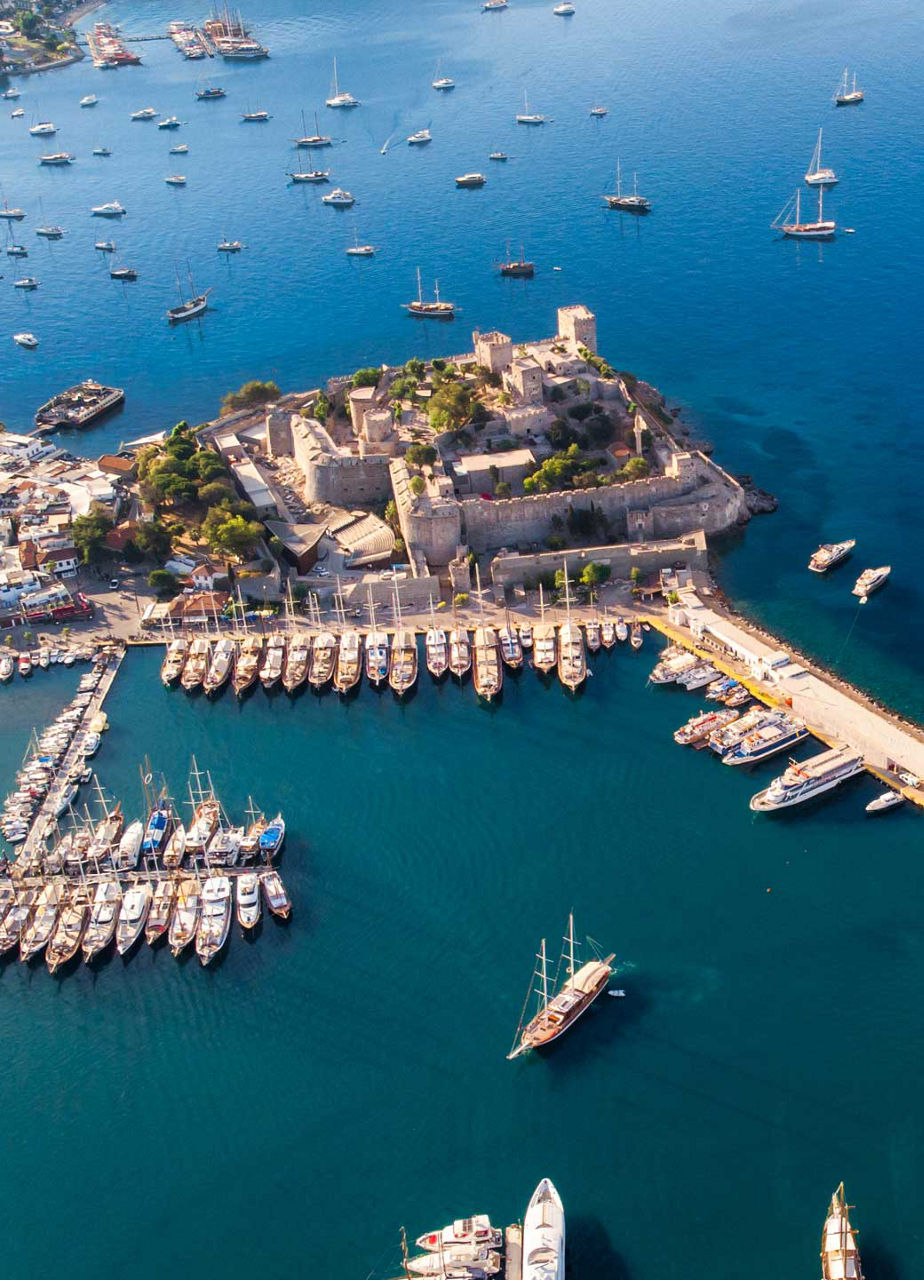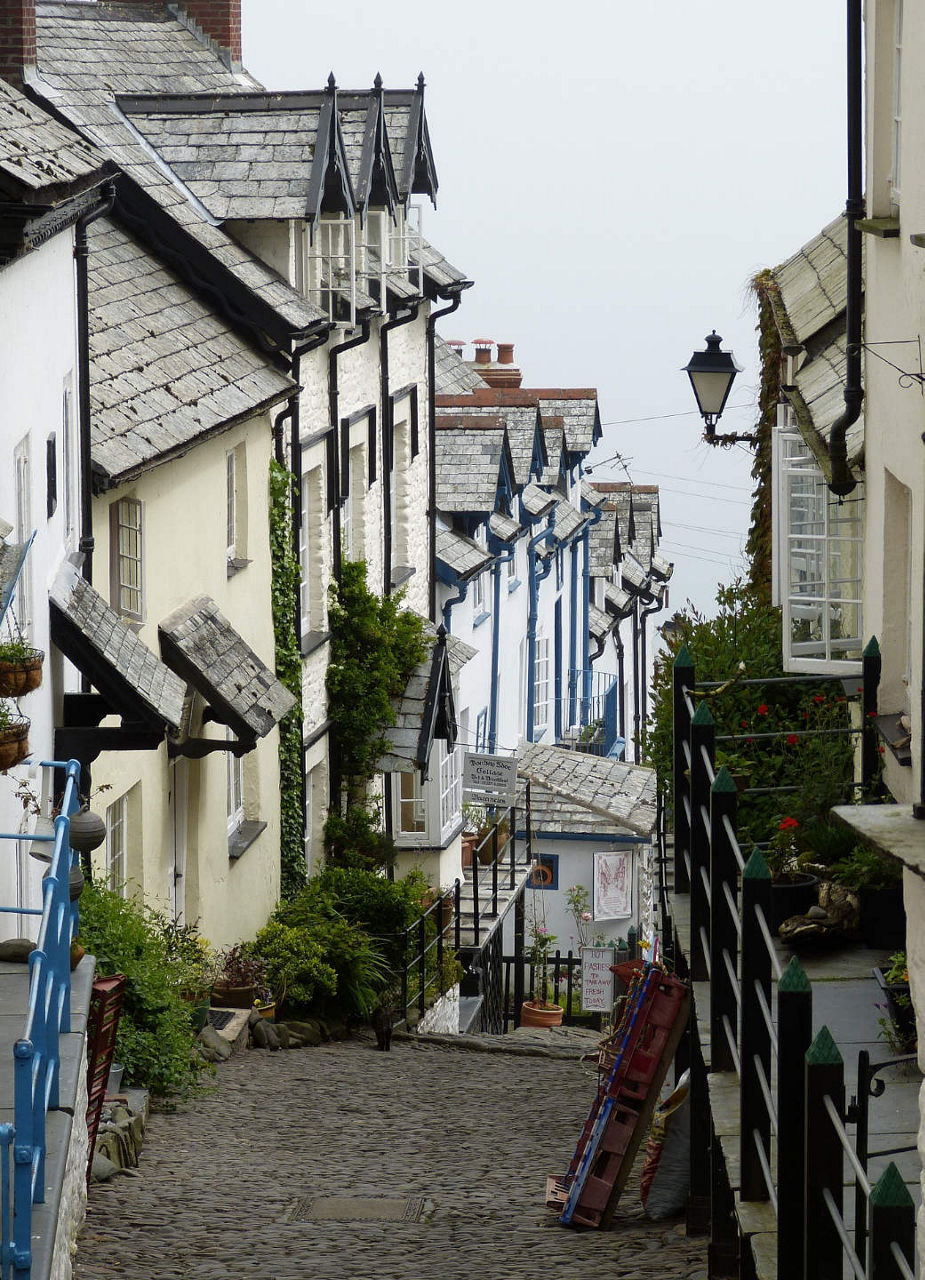
The Colossus of Rhodes

The Colossus of Rhodes was a colossal statute of the Greek sun God Helios in the ancient Greek City of Rhodes and was erected to thank the gods for the victory after a year-long siege of the island by the Macedonian military leader Demetrius Poliocetes and his army in 205 BC.


The location
Although many illustrations picture the statue straddling the harbour entrance, it is now known that this is technically impossible, and the statue was more likely to stand at one side of the Mandraki harbour or further into the city. The only description historians have to base their estimates on is a dedicated text stating the statute stood «over sea and land». Today two deer statues greet visitors where the colossus once may have stood.

The build
The sculptor Chares of Lindos was contracted with the enormous masterpiece that took 12 years to make. The exterior of the statue was made from bronze while inside an iron framework gave the figure shape. The colossus was weighted with stones and erected on a marble pedestal. The final masterpiece towered 33 meters above the city.

Resemblance to the Statue of Liberty
It is said that the French sculptor Auguste Bartholdi was inspired by the Colossus of Rhodes when creating the Statue of Liberty. History has it that the Colossus wore a crown of solar rays, similar to that of the Statue of Liberty in New York. A further resemblance is that both statues have one hand in the air. Some records state that the statue in Rhodes had one hand shielding his eyes from the sun while others say he was reaching up to the gods. No matter which is true, both were designed to welcome visitors arriving in the city by sea.

The fall of the Colossos
In 226 BC, only 56 years after being erected, a devastating earthquake toppled the statute into the sea breaking it at the knees. The pieces then lay for 800 years scattered around the harbour as the people of Rhodes consulted an oracle who advised against restoring it. When it fell transcripts recorded that it was so big that men couldn’t get their arms around the statues thumb. It wasn’t until 654 AC when Arabian forces invaded Rhodes, that the pieces were sold and transported on 900 camels back to the east to be melted down and reused.

Seven Wonders of the Ancient World
Visitors were so impressed by the Colossus that it earned a place on the list of the Wonders of the Ancient World alongside the Great Pyramid of Giza, the Hanging Gardens of Babylon, the Lighthouse of Alexandria, the Mausoleum at Halocarnassus, the Statue of Zeus and the Temple of Artemis. This list was passed along in guidebooks for Hellenic sightseers and the pyramid of Giza is the only Ancient Wonder of the World that still stands today.
Header - Illustration from Rhodes.gr
Paragraph 2 - Photo from Discovergreece.com
Paragraph 3 - Photo by 12019 on Pixabay
Paragraph 3 - Illustration by Historical Pictures Service, Chicago from Britannica.com
Paragraph 4 - Photo by Daryan Shamkhali on Unsplash
Paragraph 5 - Photo by LA khai-way on Unsplash
Paragraph 6 - Photo by Martin Widenka on Unsplash











